Panama's incumbent President Jose Raul Mulino and former Presidents Ernesto Perez Balladares, Martin Torrijos and Mireya Moscoso issued a joint statement on December 23 opposing US President-elect Donald Trump's remarks regarding the Panama Canal. According to AFP, in the statement, the Central American country's leaders affirmed that control of the Panama Canal is non-negotiable and affirmed the country's sovereignty over the canal.
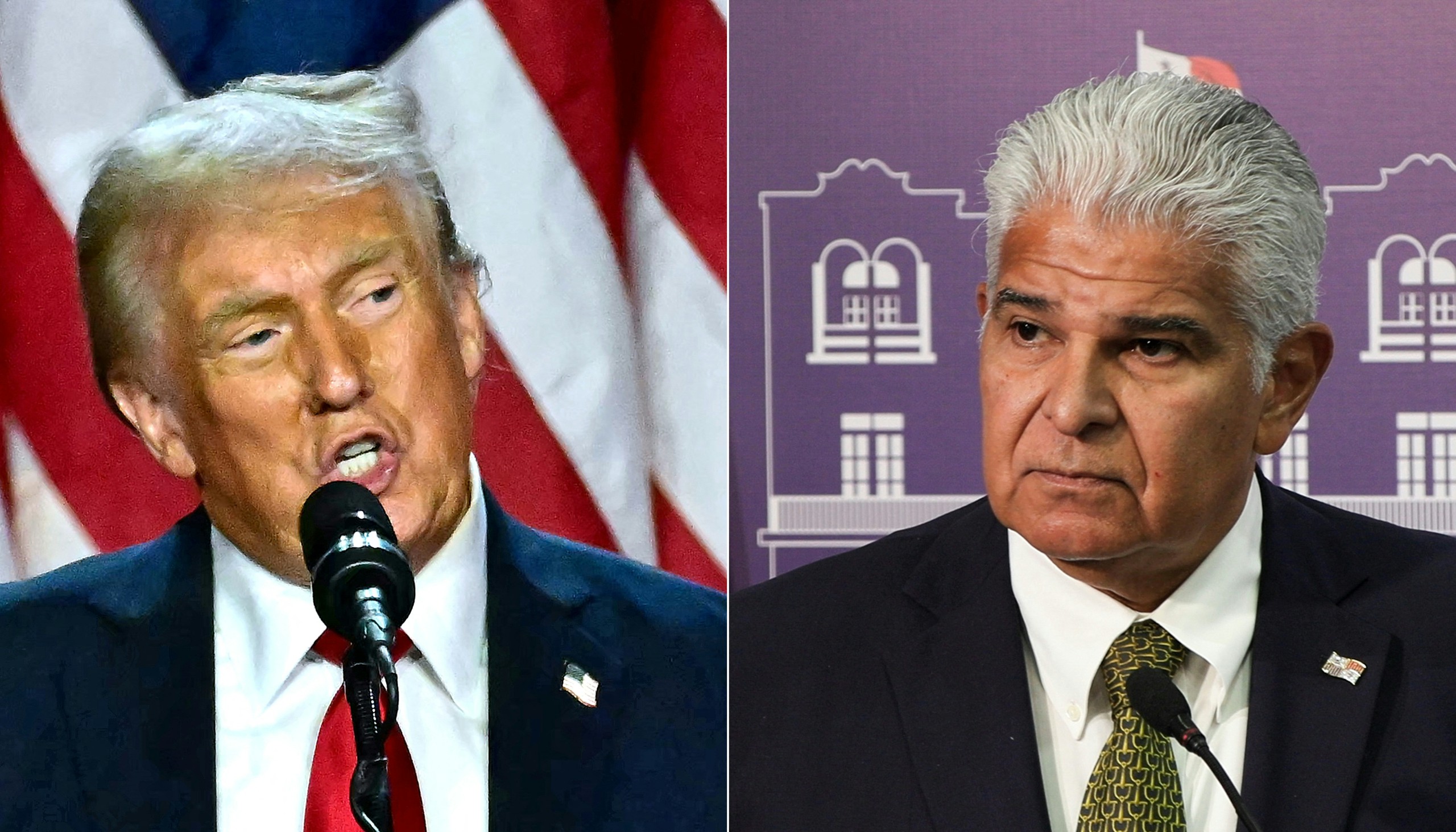
US President-elect Donald Trump and Panamanian President Jose Raul Mulino
"The canal is part of our history of struggle. Panamanians may think differently on many aspects, but when it comes to the canal and sovereignty, we are united under the same flag," the statement said.
In recent statements and social media posts, Mr. Trump criticized Panama for charging unfair fees to American ships and alluded to China's growing influence in the important gateway.
Trump says US could reclaim Panama Canal
History of the Panama Canal
The Panama Canal was dug by the United States and opened in 1914. The United States controlled the canal until it reached a joint operating agreement with Panama in 1977. By the end of 1999, the Panamanian government had complete control of the canal.
Before the Panama Canal was completed, ships traveling between the east and west coasts of the Americas had to detour around the tip of South America, making the journey longer and adding months to the journey. Creating a canal to shorten the journey was a goal of many empires that once colonized the Americas, according to CNN.
In the early 20th century, US President Theodore Roosevelt prioritized the completion of the canal. The land was then controlled by the Republic of Colombia. With US support, the Republic of Panama was established in 1903, breaking away from Colombia. The US and Panama signed a treaty giving Washington control of a 10-mile strip of land for the canal, while Panama received the money.
The canal was completed in 1914. An estimated 5,600 people died during its construction. Other sources say 25,000 died from accidents and diseases during construction.
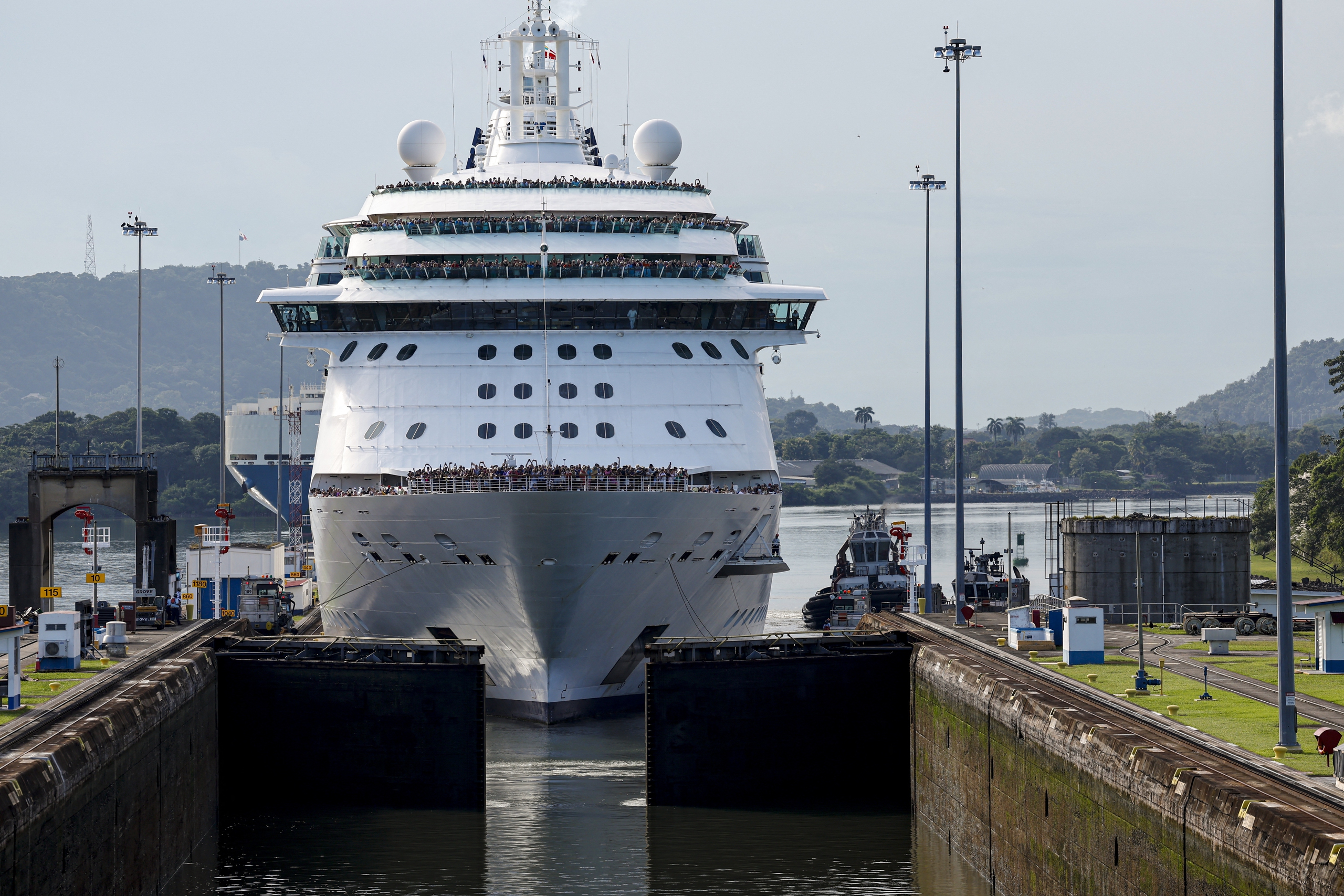
Cruise ship passing through the Panama Canal in October
The Panama Canal played an important role in World War II, providing a gateway for Allied forces to travel between the Atlantic and Pacific Oceans.
However, disagreements over control of the canal and surrounding land (known as the Canal Zone) and the treatment of Panamanian workers led to anti-American riots in 1964, which left many dead. The two countries briefly severed diplomatic relations.
Years of negotiations led to the signing of two agreements in 1977 under US President Jimmy Carter and Panamanian leader Omar Torrijos, supported by more than 40 countries. Accordingly, the US would hand over control of the canal to Panama on December 31, 1999. The canal was to remain neutral and any ship could pass through if it complied with safety regulations. Military ships from countries at war were not allowed to pass through.
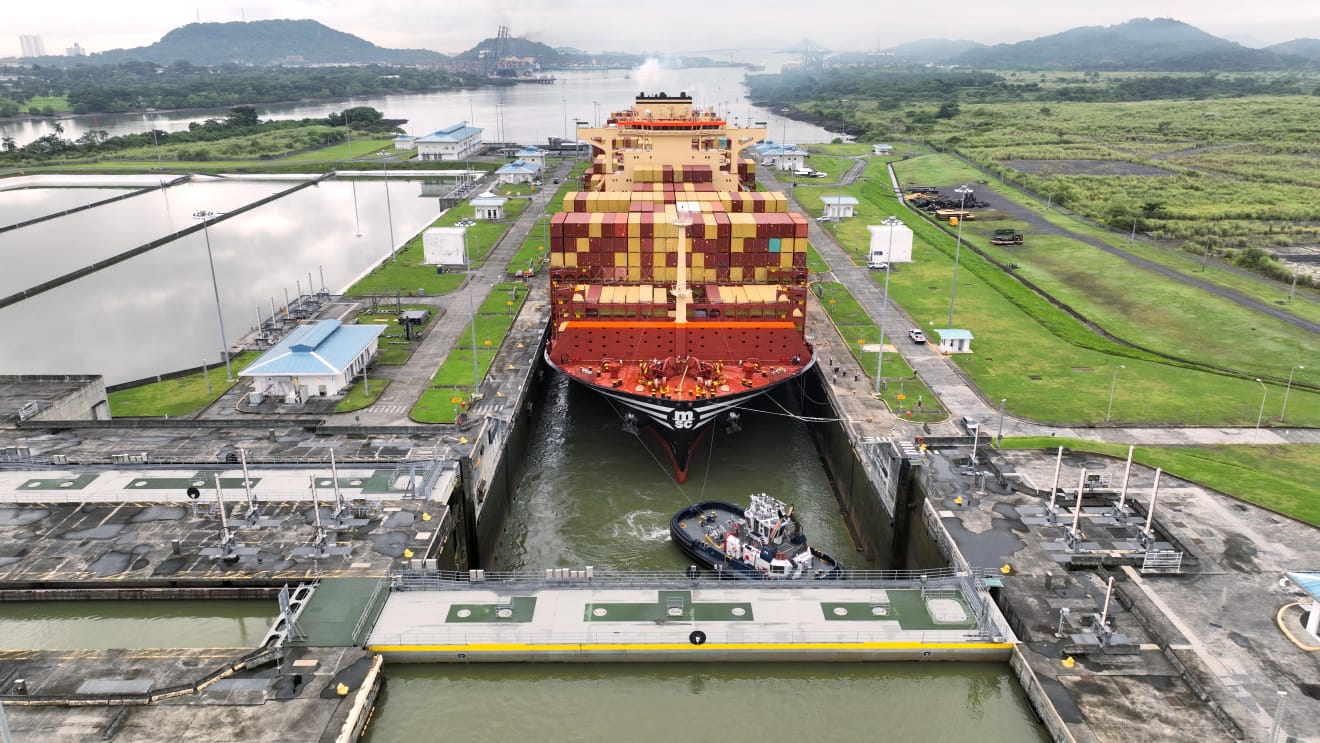
Once the train enters the lock, the doors close at both ends and water is pumped in to lift the train, moving it to the next compartment.
Soon after Panama took full control, the number of ships passing through the canal quickly exceeded its capacity. A major expansion project began in 2007 and took nearly 10 years to complete.
However, the surrounding area has been hit by severe droughts, leading to low water levels that have affected operations. Authorities have restricted shipping traffic and imposed higher fees, which Mr Trump has criticised as ridiculous and unfair given the generosity of the US to Panama. According to AFP, Panamanian authorities set fees based on demand, and the fees depend on the volume of cargo carried by the ship.
Trump plans to expand US territory
According to CNN, Mr. Trump's hint about China's influence is not without basis. In 2017, Panama signed a joint declaration emphasizing that it would not officially recognize Taiwan. Since then, China's influence in the area around the canal has increased. According to Newsweek magazine, China controls two of Panama's five main ports and some canal-related infrastructure. Chinese companies are funding the construction of a new bridge across the canal worth more than $1 billion.
Panamanian President Mulino said that canal fees were not set arbitrarily and dismissed suggestions of Beijing's influence. "The canal is not under direct or indirect control by China, the European Union, the United States or any other power," Mulino said.
Chinese Foreign Ministry spokesperson Mao Ning said on December 23 that the Panama Canal is a great creation of the Panamanian people and that China has always supported their legitimate struggle for sovereignty over the canal, according to the Global Times . "China will always respect Panama's sovereignty over the canal and recognize the canal as a permanent neutral international waterway," Mao said.

Tourists watch a ship move through the Panama Canal on December 23.
The 82-kilometer-long Panama Canal connects the Pacific and Atlantic Oceans, shortening the journey to about eight hours. Ships are transported through Gatun Lake, which is about 26 meters above sea level, through a system of locks. It is estimated that each time a ship moves through the canal's locks, it requires about 200 million liters of fresh water, according to Reuters.
The canal cuts 20,300 kilometres off the journey for ships travelling from San Francisco (US west coast) to New York (east coast). An estimated 5% of the world's seaborne trade passes through the Panama Canal. Today, the canal can accommodate ships up to 366 metres long and 49 metres wide. More than 11,200 ships carrying 423 million tonnes of cargo passed through the canal in the most recent fiscal year, according to AFP.
The canal contributes 6% to Panama's GDP and has brought the country more than $28 billion since 2000. The United States is the main user, accounting for 74% of the goods passing through, followed by China with 21%.
Source: https://thanhnien.vn/vi-sao-ong-trump-doi-quyen-kiem-soat-kenh-dao-panama-185241224172144753.htm




![[Photo] Overcoming all difficulties, speeding up construction progress of Hoa Binh Hydropower Plant Expansion Project](https://vstatic.vietnam.vn/vietnam/resource/IMAGE/2025/4/12/bff04b551e98484c84d74c8faa3526e0)
![[Photo] Closing of the 11th Conference of the 13th Central Committee of the Communist Party of Vietnam](https://vstatic.vietnam.vn/vietnam/resource/IMAGE/2025/4/12/114b57fe6e9b4814a5ddfacf6dfe5b7f)




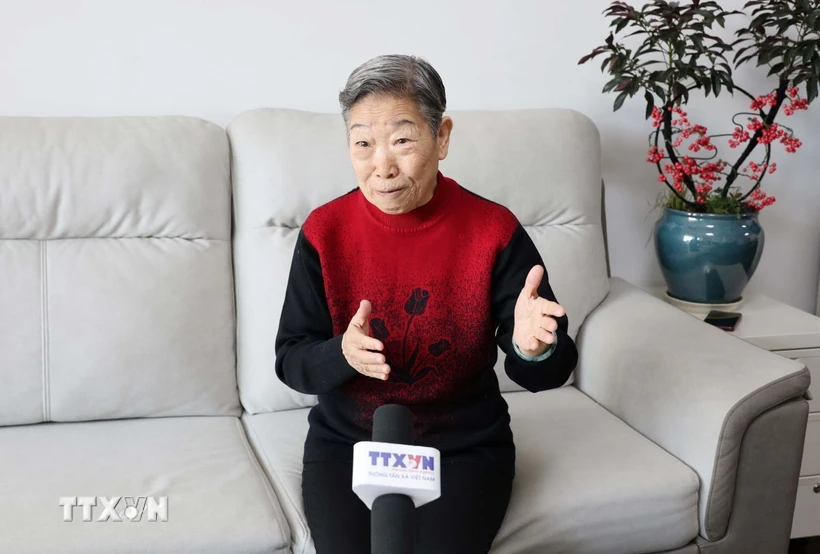
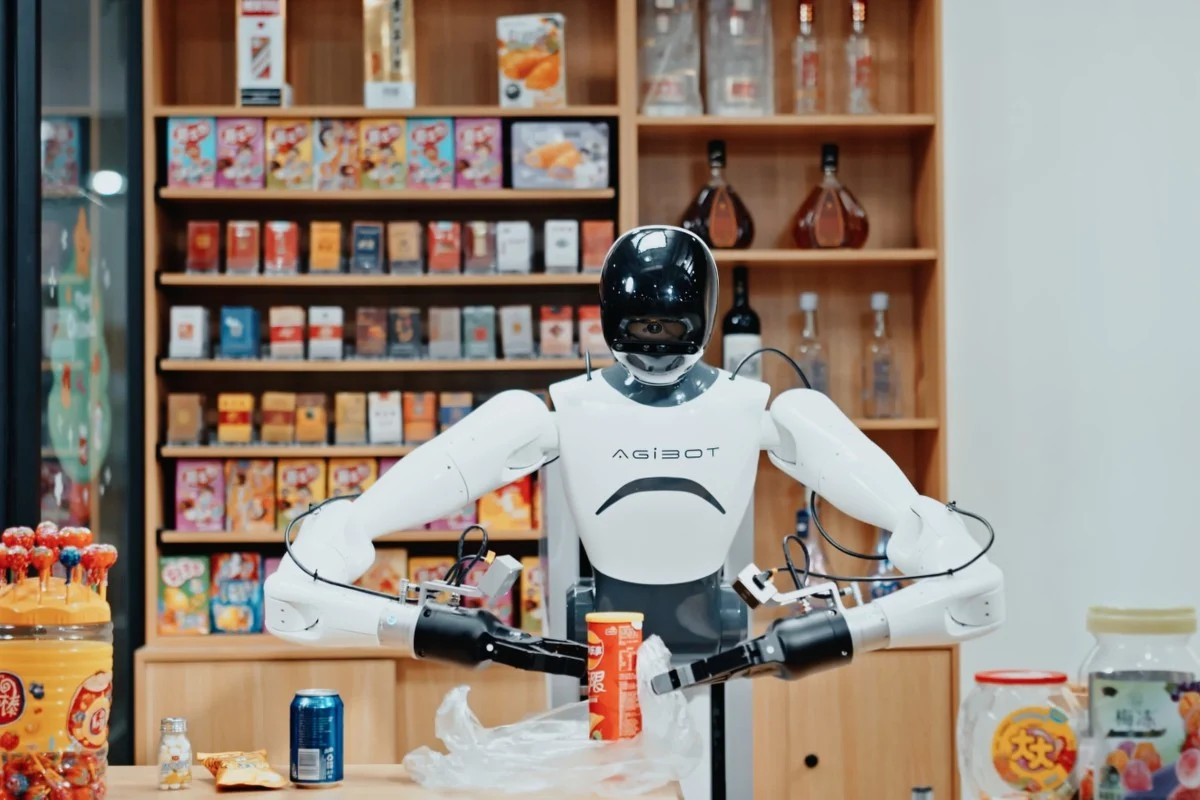



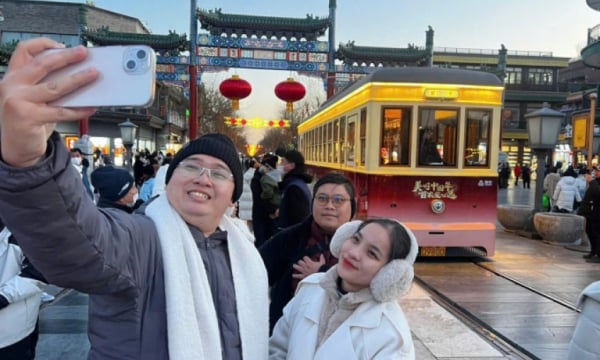

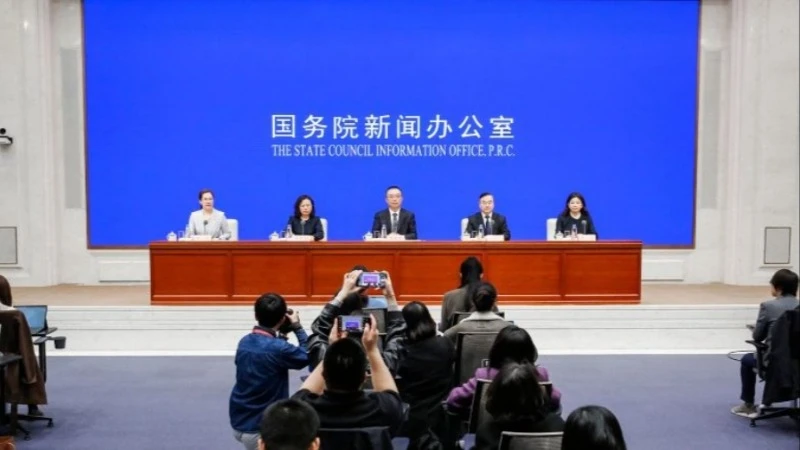
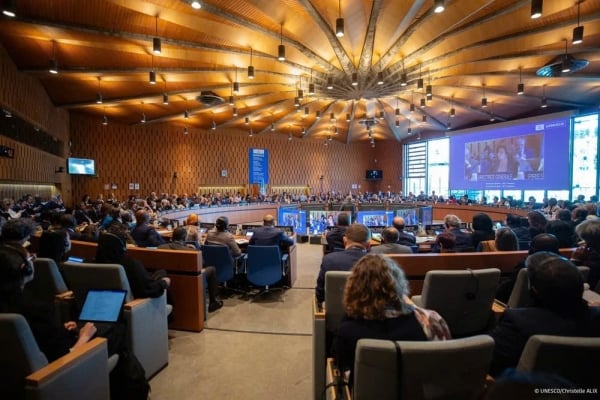
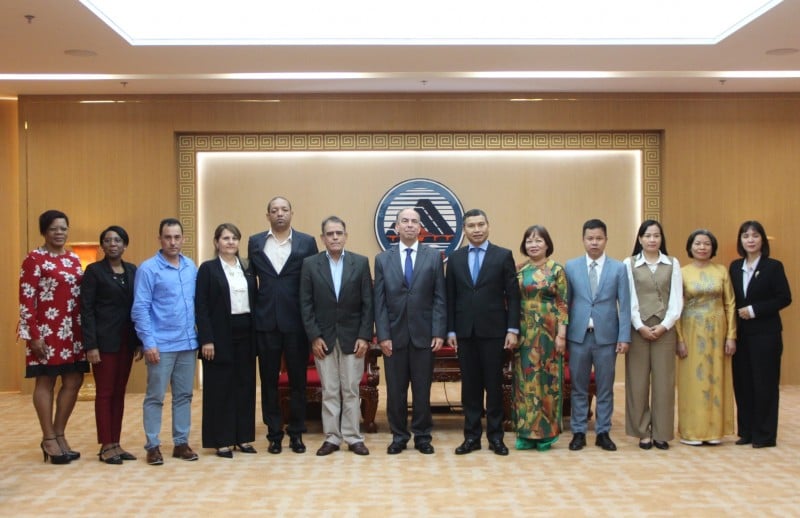
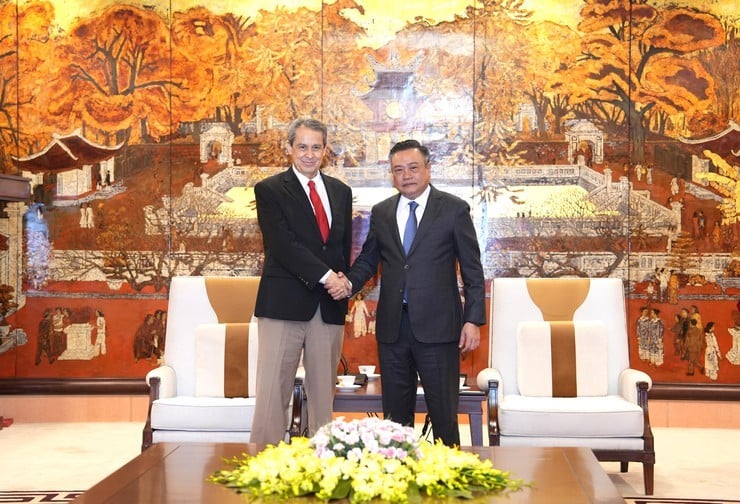
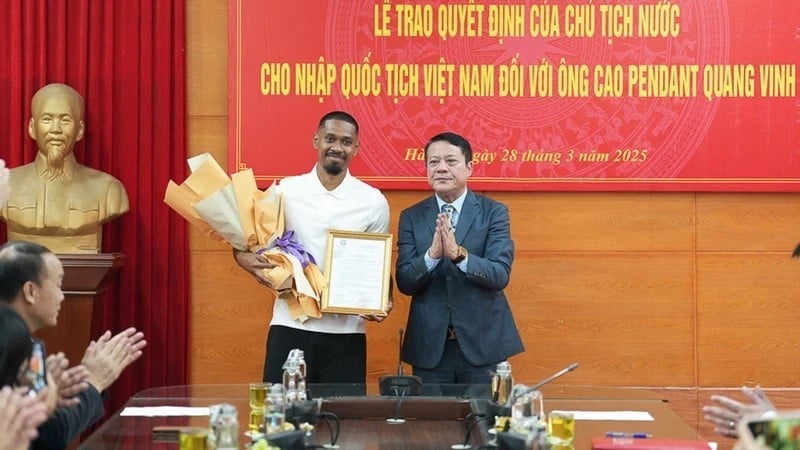
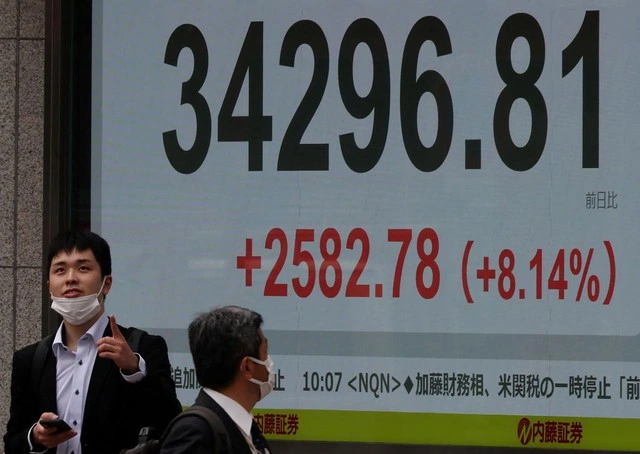
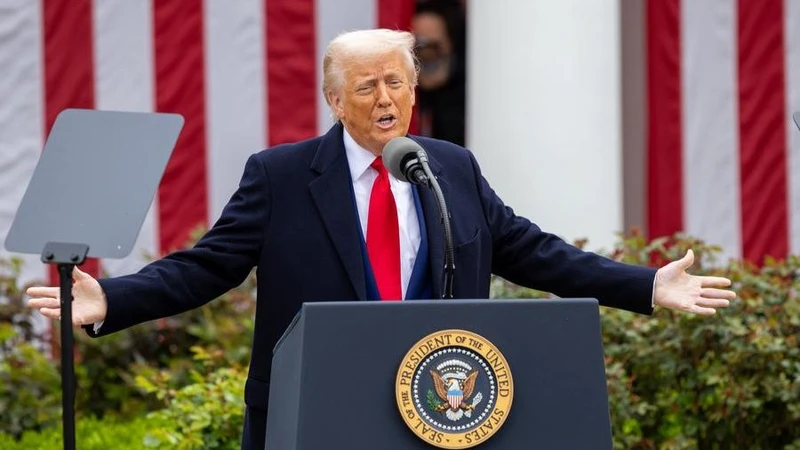




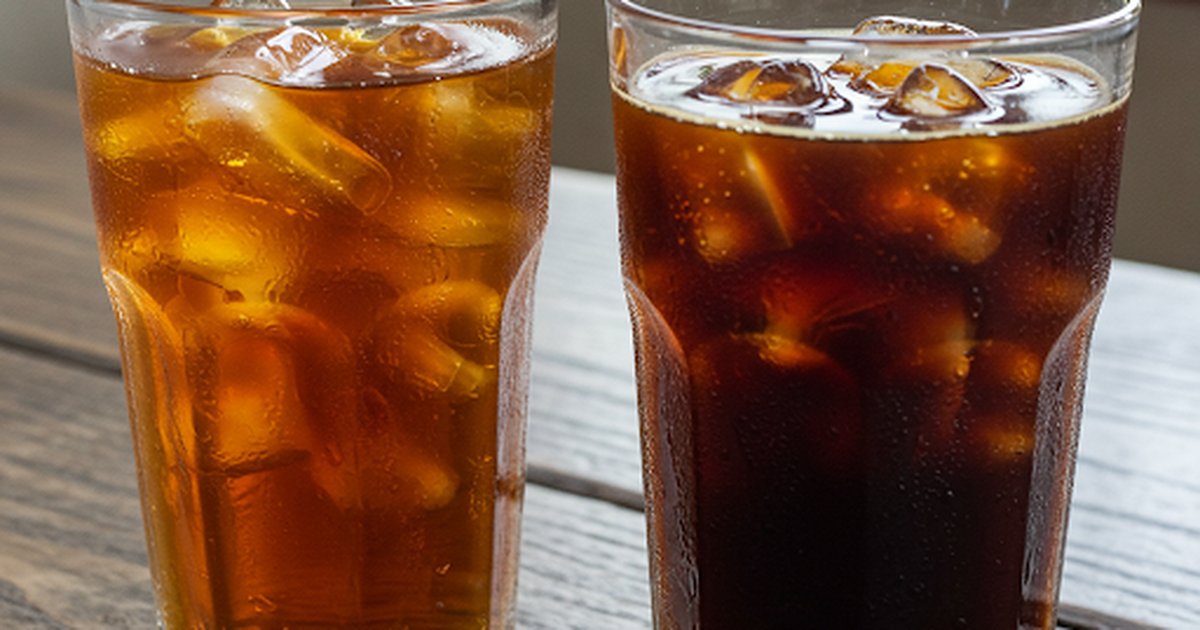

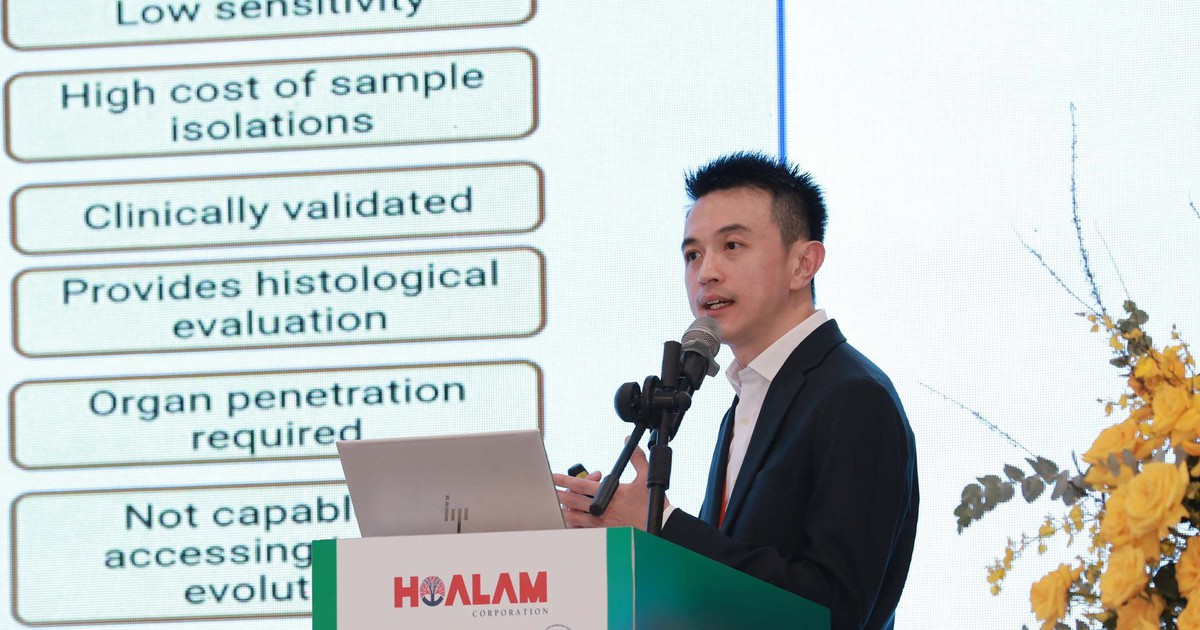

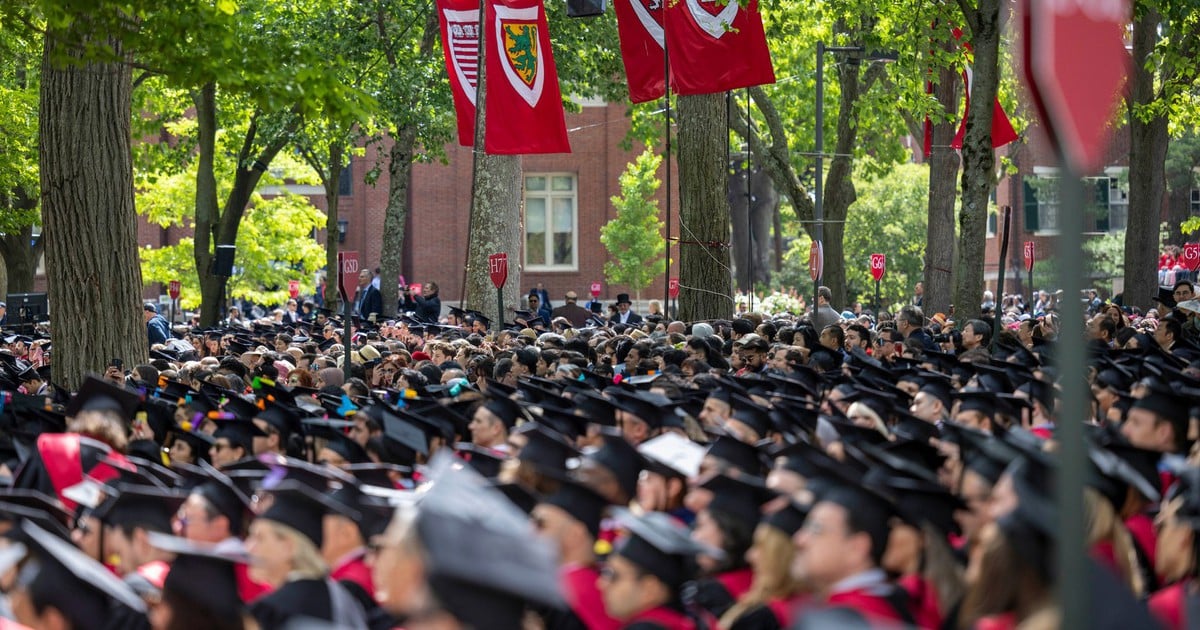









































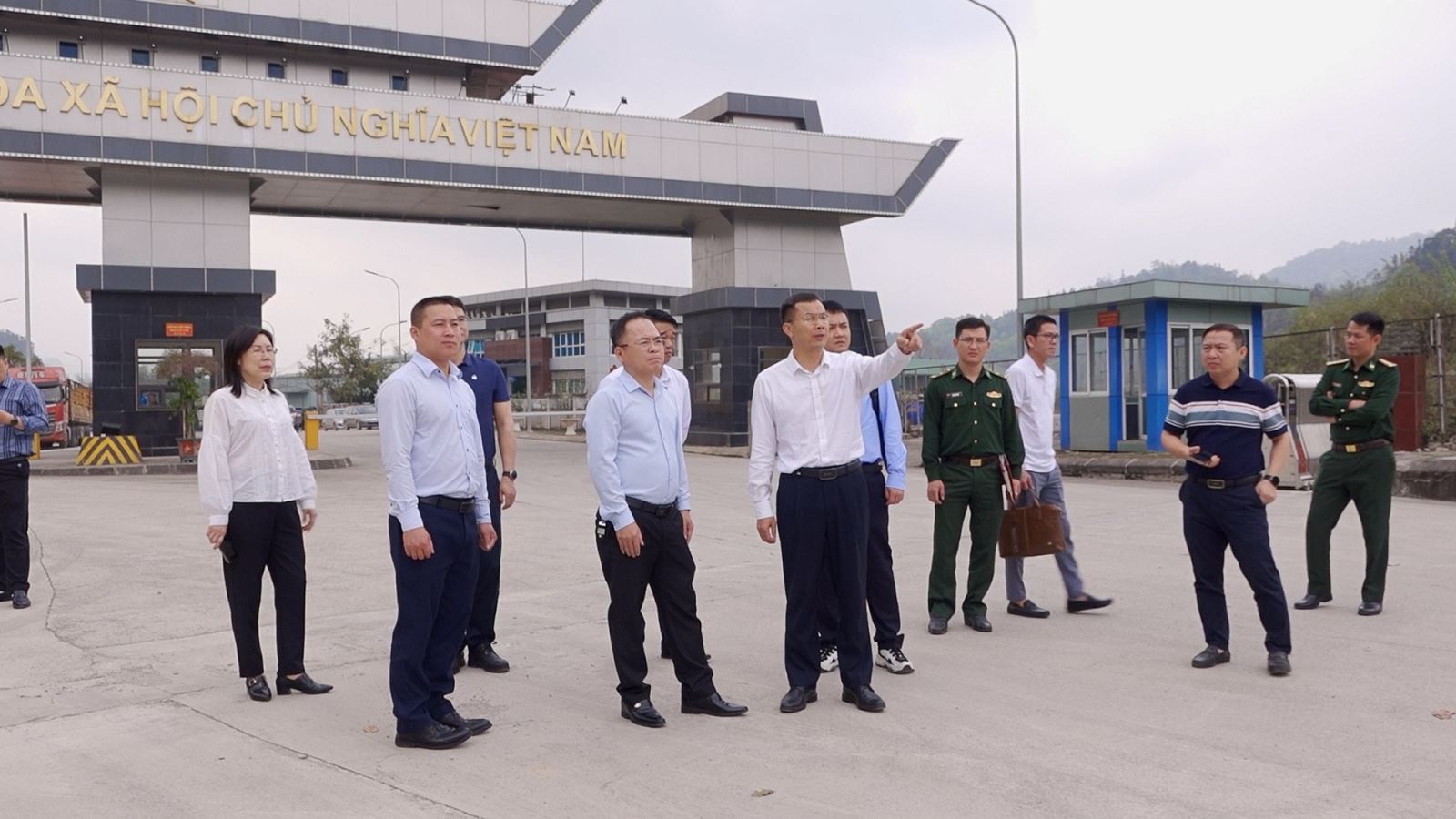
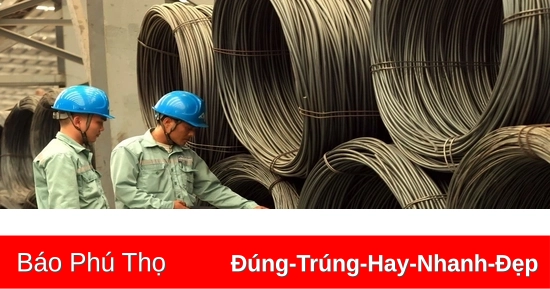



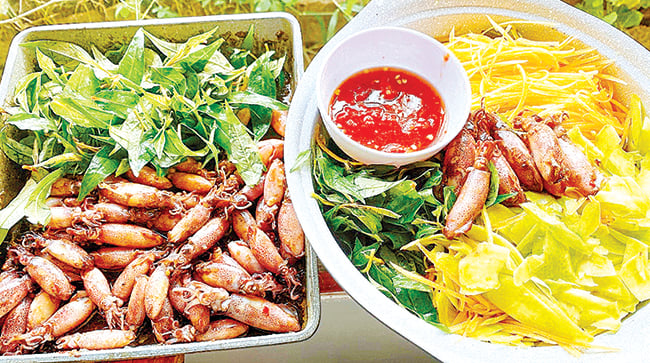


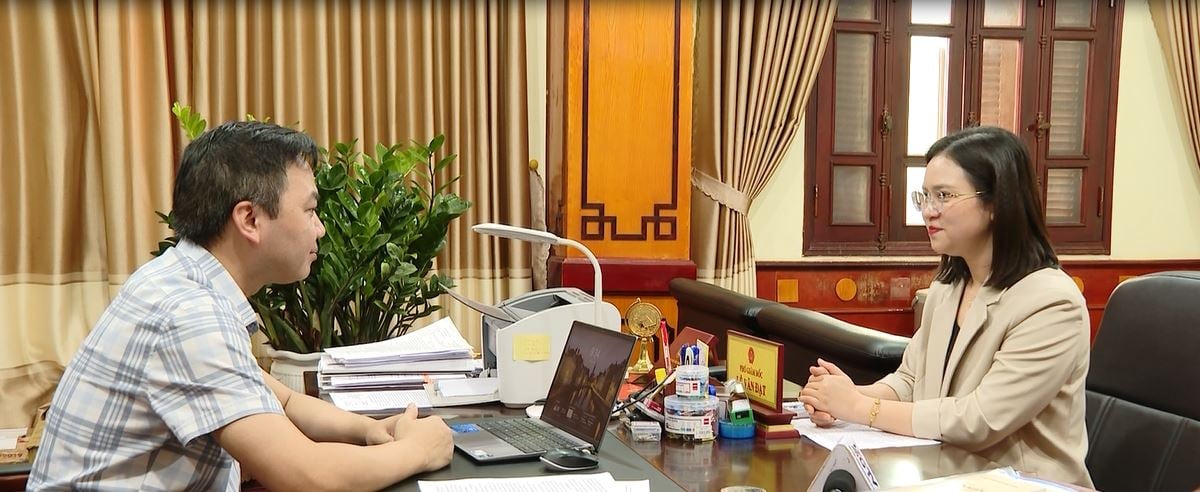











Comment (0)